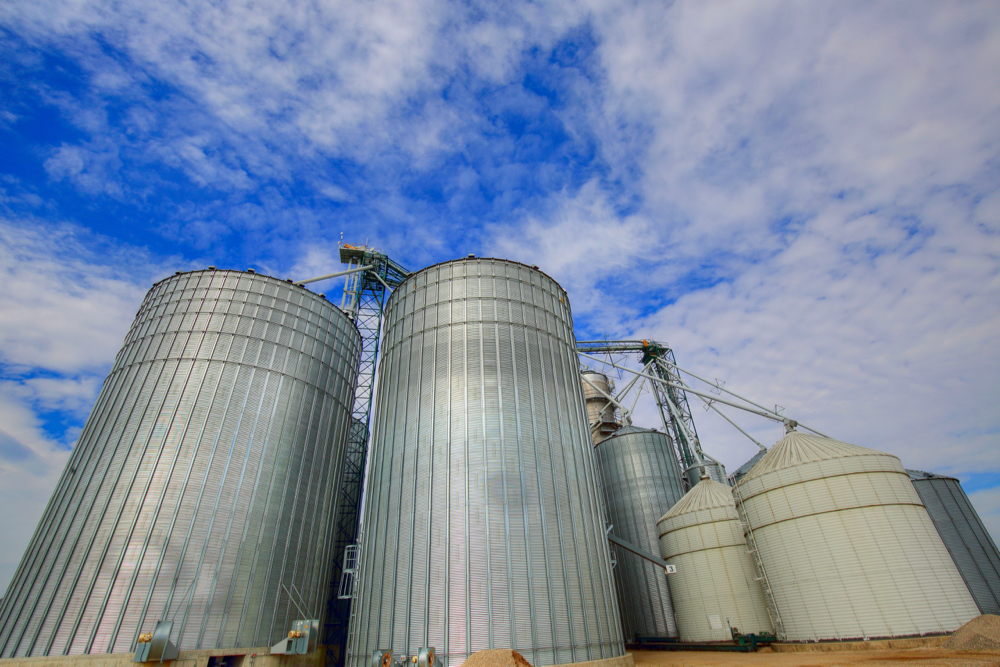This year’s FarmTech conference in Edmonton at the end of January was another great conference packed with interesting speakers.
First up was Darrell Bricker from Toronto, the CEO for IPSOS Public Affairs, talking talking about the new Canada — population pattern changes due to fertility, aging patterns, urbanization and multiculturalism. His focus was: “who will be our new market and what they will be wanting?”
Fertility rates
Bricker told the audience that the number of children per household in Canada in 1921 was 3.5; in 1961 it was 4.0 (the peak); in 2011 it was 1.8.
Read Also

Gentle treatments for pain in the neck
Heading toward year-end, people unknowingly tense up against the cold and busyness, causing neck pain that can often be treated with appropriate support and gentle mobility, athletic therapist Kathlyn Hossack says.
The main reason is that women today are getting married later in life than those 80 years ago, and then only having one or two children instead of three or more as was common in earlier years.
Across Canada by province the number of children per household ranges from a low of 1.4 in B.C. to a high of 2.0 in Saskatchewan. Manitoba is at 1.86 and Alta is at 1.8. The Prairie provinces are the three highest, due most likely to their relatively higher rural population.
In 1960, Canada was at 3.9 children per household, and the rest of the world was at 4.9. In 2017 Canada was at 1.6 and the rest of the world was at 2.5. In 2050 Canada is expected to be at 1.7 and the rest of the world is estimated to be at 2.35.
Fertility rates in the world’s 10 largest countries have dropped by more than 50 per cent over the last 50 years from an average of 5.2 down to 2.5 kids per household.
Bricker predicts that the world will reach a peak population around 2050 at about 8.9 billion people, then start to decline due to these dropping fertility trends.
Aging patterns
Bricker said the average lifespan in Canada was 57 in 1921 and 81 in 2017. By 2036 it will be 87 years.
In China in 1950 the life expectancy was 40 years. Today it is 80 years. That is why we have seen such a rapid increase in total population there over the past 65 years.
The main reasons for these increases are better diets, the reduction of smoking in many countries and better health care.
In 1960, 7.7 per cent of Canada’s population was 65+. Around the world, five per cent of the population was 65+.
In 2017, 18.3 per cent of Canada’s population was 65+, but around the world, only 9.3 per cent of the population was 65+. In Canada, for the first time in history the number of those 65+ is greater than the number of those under 15 years of age. Not a good trend.
By 2050, 26.4 per cent Canadians will be 65+ compared to 16 per cent of the world population.
In Canada in 2017 there were 7,900 people over 100. By 2061 that is expected to grow to over 78,000 due mainly to better diet and health care.
In 1971 in Canada, 6.6 people were working for every retired person. In 2012, there were 4.2 workers per retired person. By 2036, there will be only 2.3 workers per retired person.
It is difficult to maintain a government pension plan when the number of workers is dropping and retirees are living longer! Premiums will have to go up dramatically to keep it functional.
Urbanization
Darrell Bricker also talked about urbanization. In 1960, one-third of the Canadian population lived in cities. In 2017, just over half of Canadians lived in cities. By 2050 it is expected that two-thirds of the Canadian population will live in cities.
In the 1920s, 50 per cent of Canadians lived rurally. In 2011 only 19 per cent now live rurally.
Immigration to Canada
Globally, Canada has the fastest growing immigrant population as a percentage of total population. We bring in equal to one per cent of our total population annually. To help rebalance fertility rates and the number of workers per retiree we need to ramp up these numbers even more.
The majority of immigrants to Canada are economic migrants with skills or education who are able to come and work right away. Refugees only make up 15 per cent of the total number of immigrants that come to Canada every year.
The top six countries that Canada receives immigrants from are the Philippines, India, China, Pakistan, Iran and the United States.
Twenty per cent of Canada’s population is foreign-born; 49.6 per cent of Toronto’s population is foreign born.
Canada has become a truly diverse, multicultural country.
My thoughts on the data
The largest and fastest growing countries in the world have unique cultural and ethnic food preferences. This opens up vast market opportunities for Canadian agriculture.
There are ethnic and cultural local niche markets in every major city across Canada that can be tapped into. How can we displace some of the imported foods in these markets with locally grown options?
What do we have to do to supply a larger part of those markets? Both domestic and in export markets?
What kinds of new crops do we need to grow?
As you plan for the future of your farm here are some questions to ponder:
Is large scale farming the way to go? Or are niche, small-market opportunities the way of the future for your farm? This could include processing and packaging to target your specific niche market.
Should you scale up your machinery for more acres or scale up equipment for cleaning, processing and packaging to net a more profitable return on your farm?
If Canada’s population is going to grow it will have to be through immigration, so the demand for different food stuffs will always be there and will continue to grow. How can you tap into that long-term market opportunity?
Why do you think we have had three announcements over the past year of new pulse cleaning, processing and fractionation plants being built in Western Canada? What markets do you think they are trying to tap into?
These ideas may not work on everyone’s farm but there will be opportunities in the years ahead. This might be a great discussion to have with different generations on your farm.















